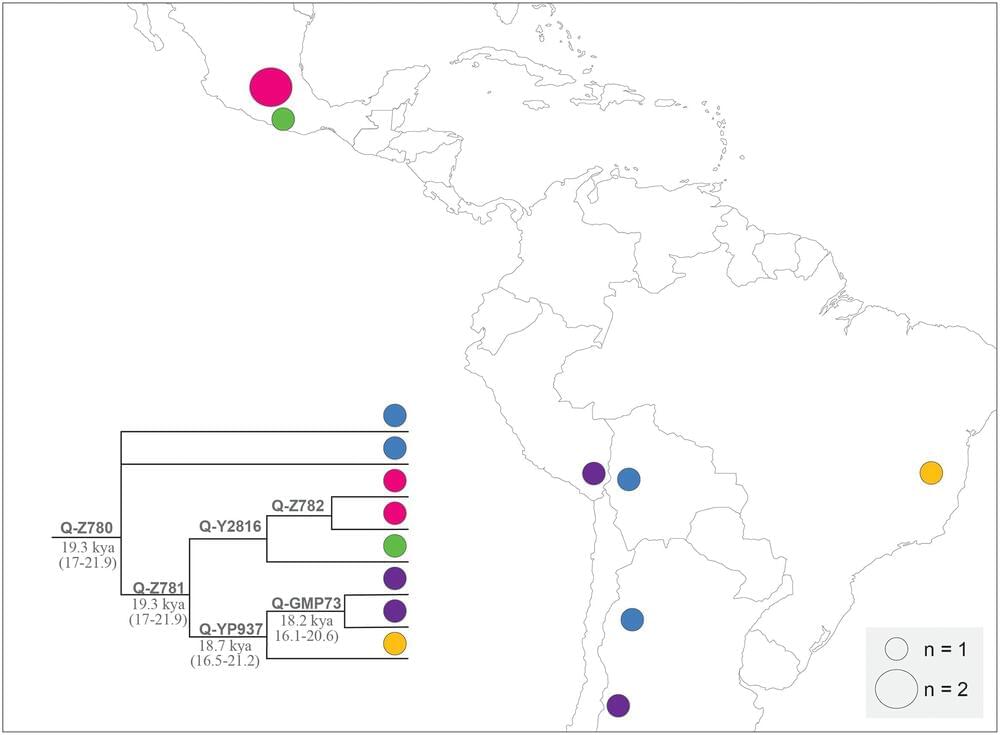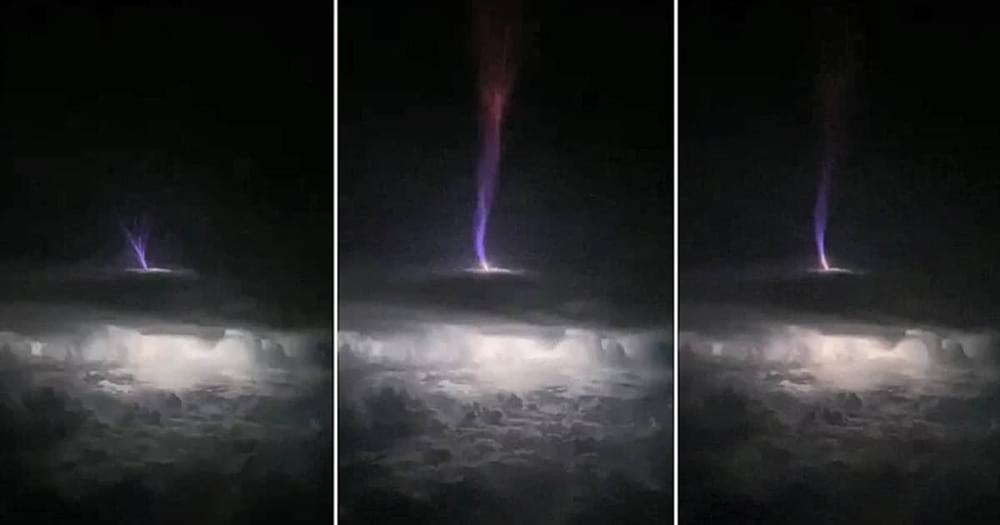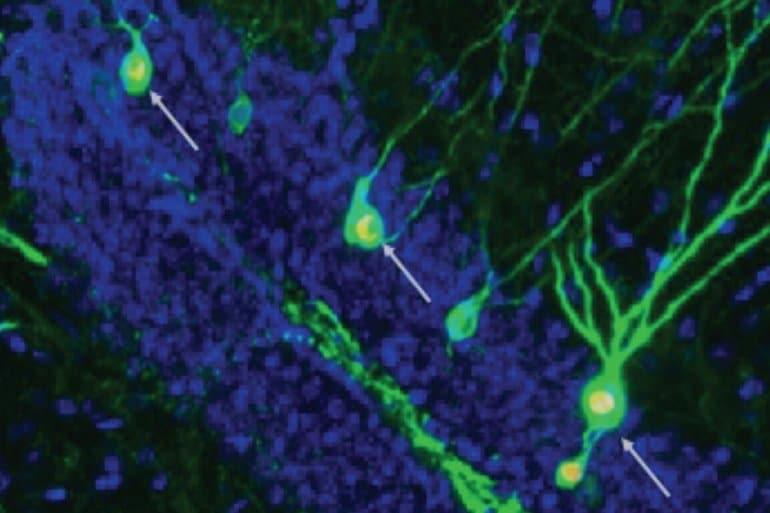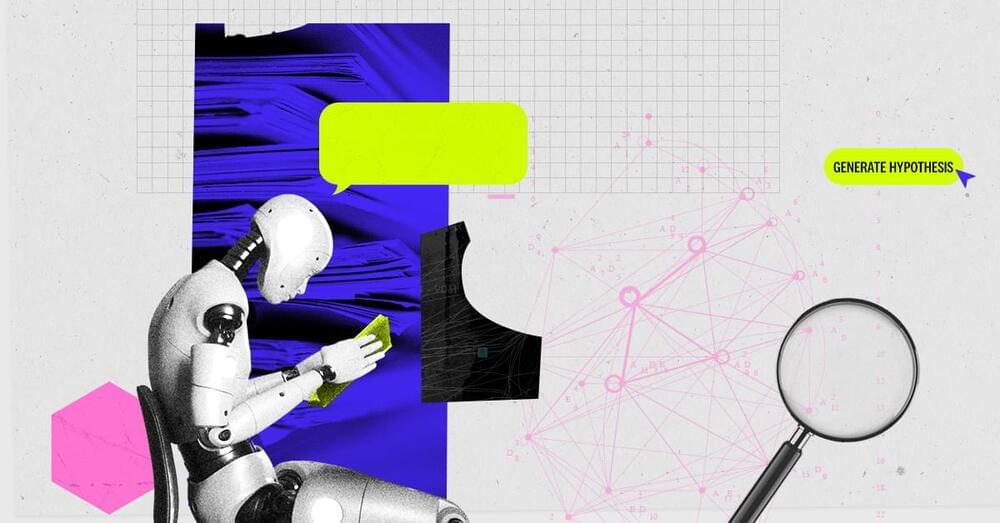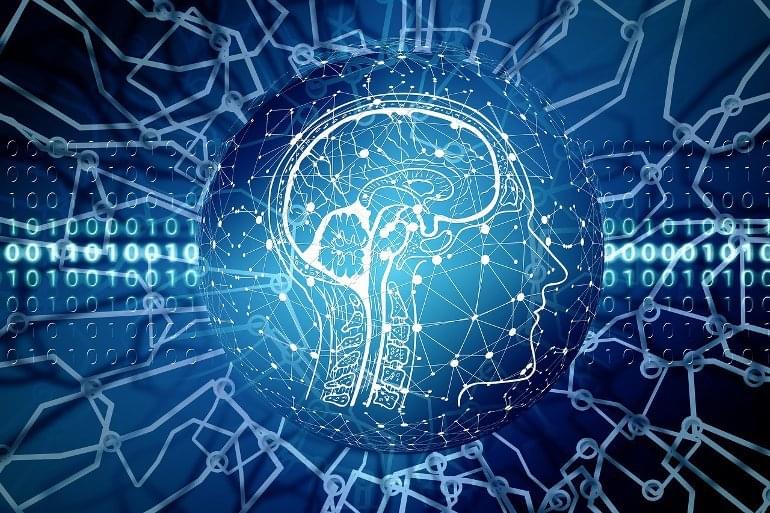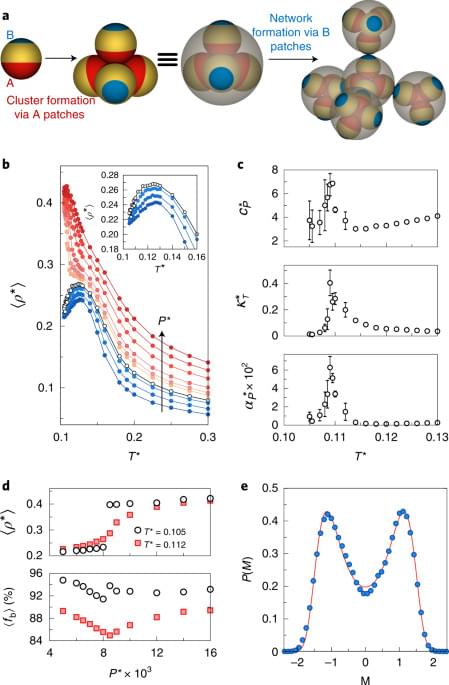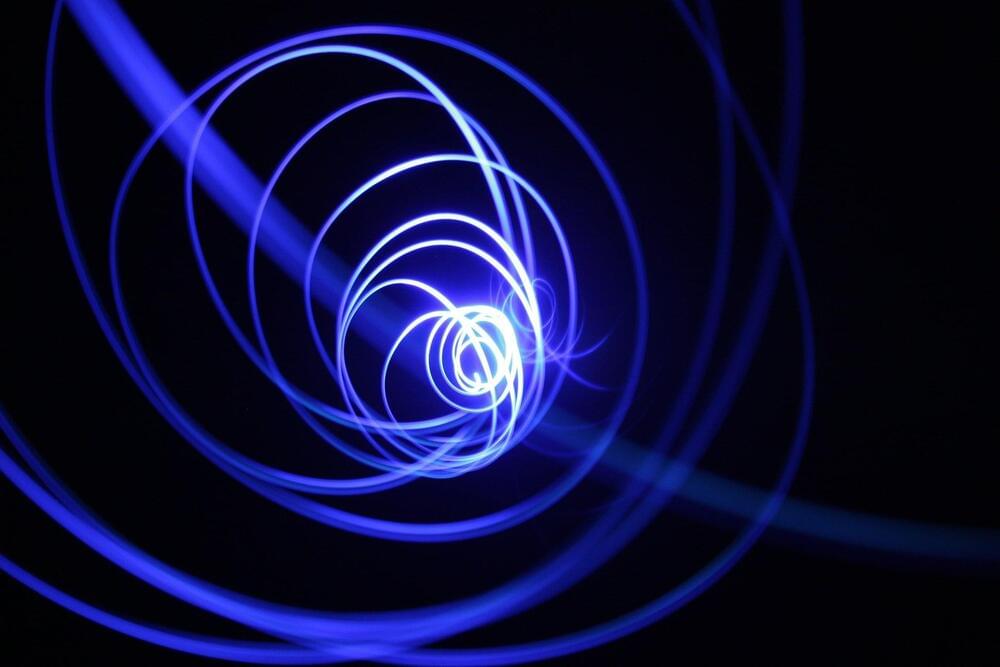Aug 19, 2022
Chromosomal study suggests people were living in South America as far back as 18,000 years ago
Posted by Genevieve Klien in category: futurism
A team of researchers affiliated with several institutions in Argentina has found chromosomal evidence of people living in South America as far back as 18,000 years ago. The group has published a paper describing their work and findings on the open access site PLOS ONE.
Over the past several years, scientists have found evidence of people first traveling to North America from Siberia approximately 14,000 to 17,000 years ago, using what was then a land bridge to Alaska. In this new effort, the researchers have found evidence suggesting that the timeline may have to be pushed back a bit.
